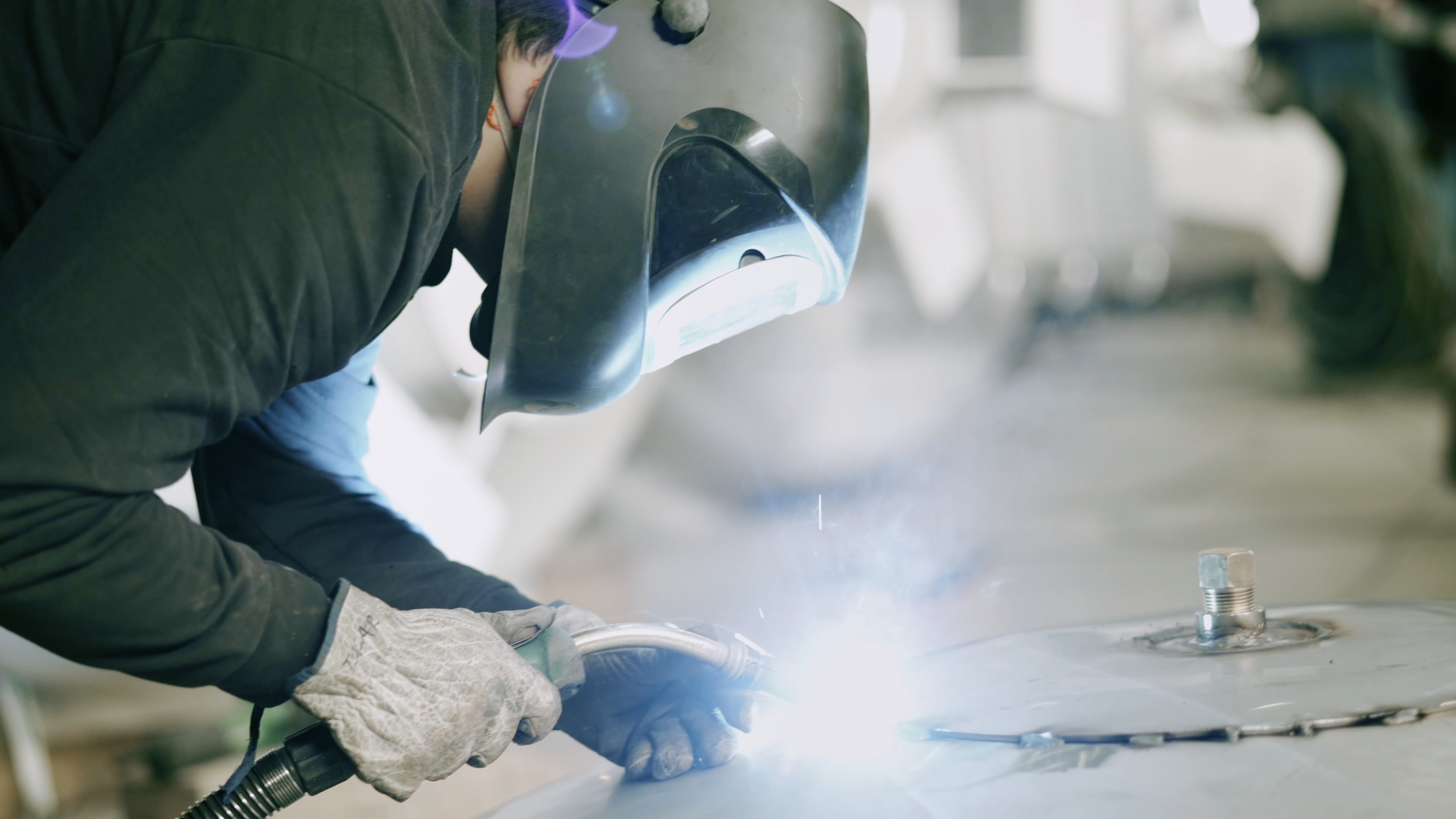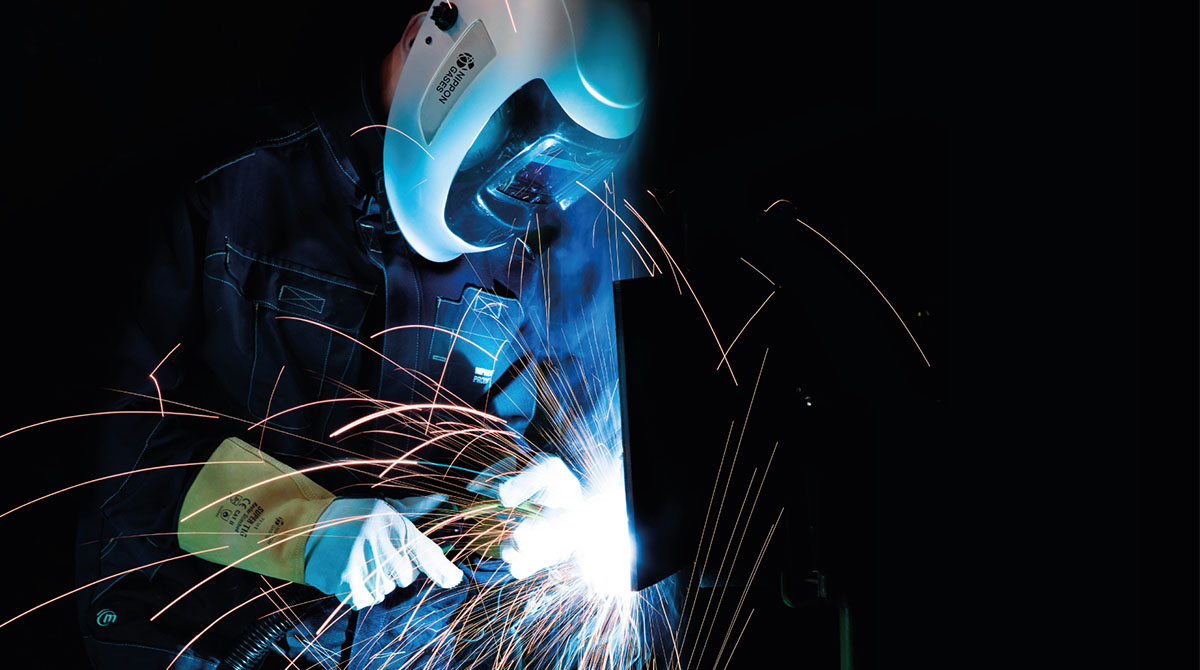In Nippon Gases we work at various processes of metal fabrication, including welding, cutting and additive manufacturing
We offer everything from pure gases and gas mixtures to customised services for the perfect development of each customer's processes.
Gases we use
Since the 70s, welding gases have started an evolution that has accompanied the growth of welding machines, influencing and increasing the processes.
Argon for welding
Inert gas, 1.38 times heavier than air. It has a low ionisation potential which facilitates the ignition and re-ignition of the arc, giving it a high stability, generating few fumes. Its low thermal input promotes conical penetration. Being heavier than air, it offers good air displacement. It is used as a base for welding mixtures.
Nitrogen for welding
Inert gas at room temperature but reactive at arc temperature. It is used in small percentages providing good stability, increasing thermal input and fluidity and increasing speed. Thicker penetrations than argon. Widely used alone or mixed with hydrogen as a back-up gas. Assist gas in laser cutting.
Helium for welding
Low density inert gas. It is not usually used pure. It has a high ionisation potential, which on the one hand provides low stability and costly ignitions, and on the other hand, the advantage of being able to work with extreme parameters. This, together with its high thermal conductivity, provides highly energetic arcs and very fluid baths, which increases the welding speed.
Hydrogen for welding
Reducing gas, which generates glossy finishes. Generates highly energetic arcs depending on the percentage in the mixture due to its high thermal conductivity and dissociation energy. It has a plasmogenic effect. Offers good arc stability and fluidity.
Carbon Dioxide for welding
Oxidising gas 1.53 times denser than air, providing good protection. It has a low ionisation potential, which is why it began to be used in the MAG (Metal Active Gas) process. It generates energetic arcs due to dissociation and recombination but not very stable and not very fluid baths with a high rate of projections and fumes giving nut-like penetrations.
Oxygen for welding
Oxidising gas par excellence, 1.11 times heavier than air. Its reaction with carbon is the basis of the cutting process of carbon steels. In welding it is used in small percentages generating surface oxides in the droplets and the bath giving a high fluidity, increasing the speed and improving the finish. High stability and conical penetrations.
Do you still have questions?
In Nippon Gases we have developed various qualities of gases to adapt to your applications. Call us or write to us and we will help you get the most out of it.

